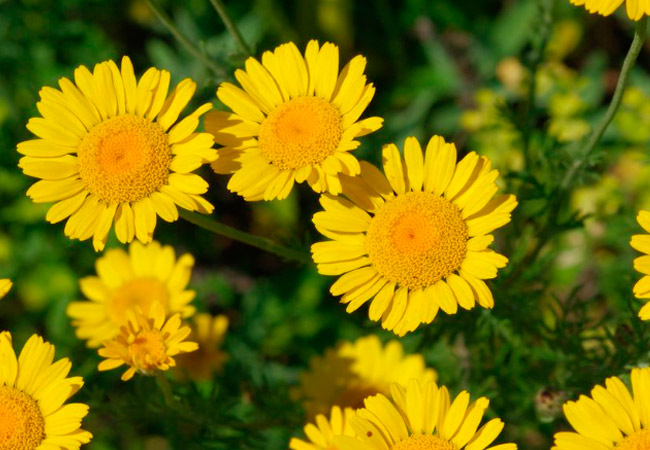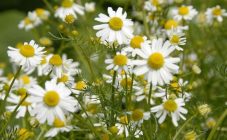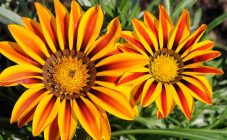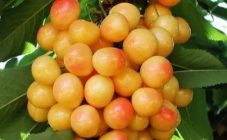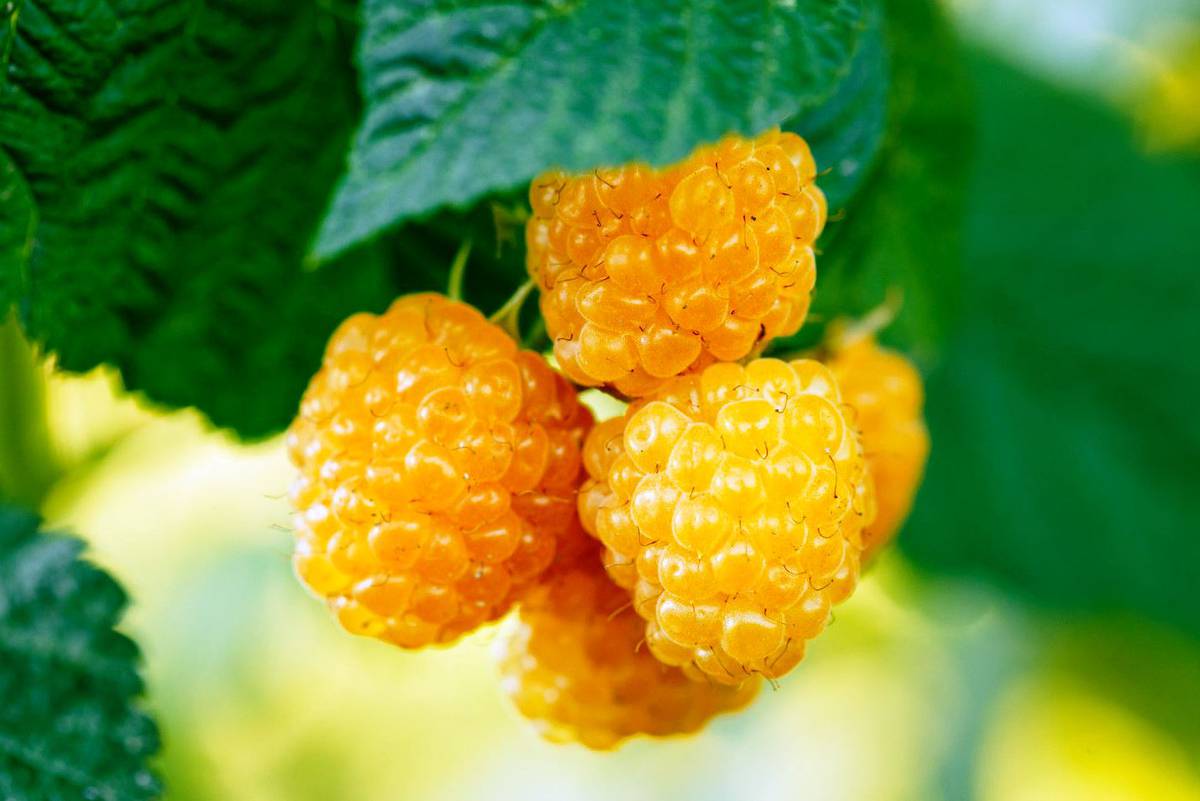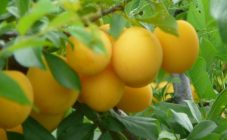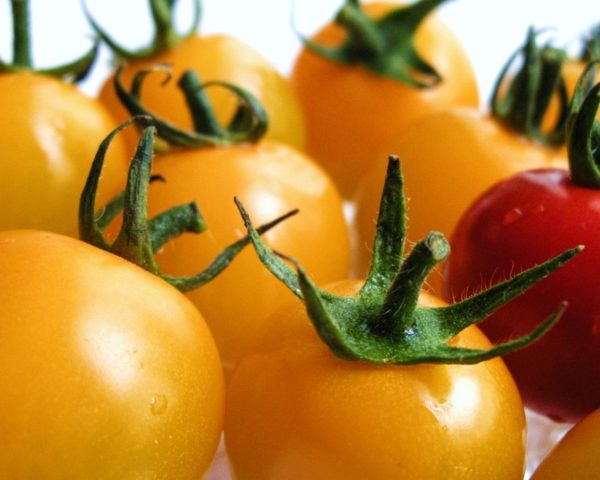Content:
Garden chamomile is one of the most famous and popular flowers among gardeners. The Daisy genus has about 20 species and many varieties. One of them is very unusual and attractive - yellow chamomile. The bright and delicate color of this flower, combined with greenery, presents a sight of amazing beauty to the eye and cheers up.
Yellow chamomile garden: plant characteristics
Chamomile got its name from the Latin word Matricaria, which means "uterine herb". It is a genus of flowering perennial plants from the Astrov family. The flower blooms in the first year of life.
This genus includes more than twenty different types of herbs. The most common is chamomile or fragrant chamomile. In our country, it is bred for medicinal purposes. Fresh and dried chamomile herb is used as an anti-inflammatory, antiseptic for rinsing the mouth, for preparing medicinal infusions, for treating the gastrointestinal tract. This plant is widely used in cosmetology: it is a part of creams, shampoos, balms. Used in aromatherapy (plant tops and flowers contain essential oils) as a sedative.
Wild chamomile can be found in America, Africa, Europe and Asia.
The name chamomile came to us from the Poles in the 16th century, translated as "color novels". In historical documents there are references to chamomile in the second half of the first century. Pliny the Elder (Roman scientist) wrote about chamomile in his encyclopedia, calling it Chamaemellon, which is translated from Greek as "low apple". It got this name for its small size and light aroma, reminiscent of an apple.
The plant is not tall, the length of the stem can be from 15 to 60 cm. The greenery of the flower is pinnate. The inflorescence consists of two components: the core is made of small tubular flowers, and the white petals are pseudo-lingual along the edge. The root system is weakly branched.
Description of species and varieties
Since there are many types and varieties of chamomile, consider the common five (they are all annuals):
- Pharmacy - widely known for its medicinal properties. The plant grows up to 15-60 cm, flower sizes up to 2.5 cm. The fruits are seeds of 1-2 mm (brown-green). Blooms from July to September, seeds ripen from July. A distinctive feature is a convex yellow core, and the petals are white. The plant has a specific smell. The flower looks like a panama hat.
- Odorless - reaches up to 75 cm, the stems are erect, the leaves are cut, sharp, the shape and color of the flower is usual. Seeds ripen dark brown triangular. The flower is a malignant weed in cultivated crops. It has no medicinal properties and is odorless.
- Roman - with a strong aroma, reaches a height of 45 cm. The ascending trunks are usually highly branched. Reed flowers are white, and numerous tubular centers are yellow. Blooms from July to September, seeds ripen from August.
- Lugovaya - used to be widely used for treatment before the advent of the pharmacy. It is similar to the Roman one. It differs only in the presence of a rosette of basal leaves.
- Tongueless - has erect stems up to 40 cm and dissected leaves.This species has only colored greenish baskets, without petals, is a weed.
However, the flowers described above have nothing to do with yellow chamomile. This perennial includes varieties of exceptional chamomile or matricaria (Golden Ball, Goldbal). Outwardly, they do not look like other representatives of their species. Perennial varieties of cornflower are more like yellow chamomile:
- Goldfinch - semi-double flowers with thin yellow ligulate flowers around the center formed by tubular yellow flowers, stem height up to 60 cm;
- Banana Cream - inflorescences are semi-double, ligulate flowers are yellow, followed by fading to ivory, while the middle remains yellow.
There are many varieties of chamomile. They differ in the size of the bush, the size of the buds, and the timing of flowering. Famous varieties:
- Nivyanik - large garden, has many varieties. Among which are Kuril, ordinary, large. Flowers are large - this is their main difference. They love the sun, nutritious soil. Requires seating every three years.
- Pyrethrum - bushy plant up to 1.5 m. The color can be different: yellow, white, blue. The size of the flowers depends on the quality of the soil. In a flowerbed, it gets along well with other flowers.
- Doronicum - perennial variety, grows up to one meter. It has an early bloom that lasts more than two months, flowers are bright yellow. This yellow garden chamomile feels good in dark places and is unpretentious.
- Small petals - similar to Doronicum, it grows up to a meter and blooms early, the color of the flowers is varied.
- Heliopsis aster - a big beautiful flower. It grows up to 1.60 m. The leaves are large, oblong. Inflorescences in the middle are tubular, yellow or brown, the marginal ones are large, ligulate, bright orange or yellow. There are wild and decorative ones.
Features of planting and crop care
Yellow chamomile is a rather unpretentious flower, it can be sown directly into the ground with seeds. In spring, sowing can be carried out from May, in autumn - in October. However, for reassurance for the first time, you can grow seedlings in this way:
- in February-March, seeds can be sown in the soil (universal, with the addition of sand, peat);
- monitor the lighting and regular watering of seedlings;
- when three leaves appear, you need to make a pick;
- in May, young flowers should have five leaves.
Chamomile should be planted in places well-lit by the sun. The soil suitable for this plant should be slightly alkaline, loose. Make 20 cm depressions in the ground for each plant, then plant it by transshipment. Be sure to water.
Two weeks after planting, chamomile can be fed with mineral fertilizers. Further care is simple: watering, removing weeds, loosening the soil. Yellow chamomile is frost-resistant, but this is a property of mature plants. And for the young first two years for the winter, it is better to cover with additional dry grass, foliage.
Chamomile can be propagated by cuttings and rhizomes.
The division of the bush into several is carried out in the fall after flowering. A large bush is divided into equal parts along with the root. Then the new bushes are transplanted into the prepared soil, top dressing is applied. Yellow chamomile can be propagated by cuttings, although this is a less common method.
Extra attention to the plant will benefit:
- timely removal of wilted flowers;
- regular watering and weeding;
- soil mulching is encouraged: in summer in a thin layer, in winter up to 20 cm.
Mulching protects flowers from overgrowth of weeds and drying out of the soil, retains moisture.
After the end of the growing season, the chamomile is cut off (all the ground part).
In order for the flowers to bloom for a long time and abundantly, you need to feed them periodically:
- at the beginning of flowering, nitrophoska fertilizer is suitable;
- after flowering immediately with potassium and superphosphate;
- it is recommended to introduce ash into the soil, in the fall from pests.
Major diseases and pests of crops and control measures
Chamomile, like other plants in the garden, is not immune from various diseases and pests, although this plant has strong immunity and increased resistance.
Diseases can be as follows:
- fungal diseases;
- fusarium;
- gray rot;
- rust.
Rust on a plant is easily detected by brown or brown spots that appear on chamomile. It is necessary to spray the flowers with Fitosporin, or any fungicide - these preparations are suitable for any fungal diseases. Initial lesions can be stopped by spraying the plants with a mild solution of baking soda and soap.
Fusarium begins with decay of the roots, the lower leaves gradually begin to fade, acquiring black color, then the rest. It can actively develop in high humidity due to the large amount of rain. The disease affects flowers very quickly. Since the disease begins from the ground through the roots, the plant, unfortunately, can no longer be helped. We urgently need to dig it up and burn it. The place where the bush with chamomiles grew must be shed with a solution of copper sulfate. And nearby growing plants for prevention must be treated with fungicides.
For a plant to be healthy, it needs proper care. To prevent any diseases of chamomiles, prevention should be carried out:
- stagnation of water in flower beds, in the ground should not be allowed;
- before planting the plants, it will be very good to treat the land with the same fungicidal preparations;
- carry out regular weeding between the bushes of plants;
- remove faded inflorescences in time.
So, if you need to decorate the adjoining area of the house, garden, summer cottage, then yellow daisies will be an excellent choice. A landscape design with these vibrant colors will take on a vibrant, well-groomed look. Thanks to the long flowering, the flower beds will smell of living bouquets in different color palettes, a delicate aroma will hover in the air, and the soul will be calm and joyful.
